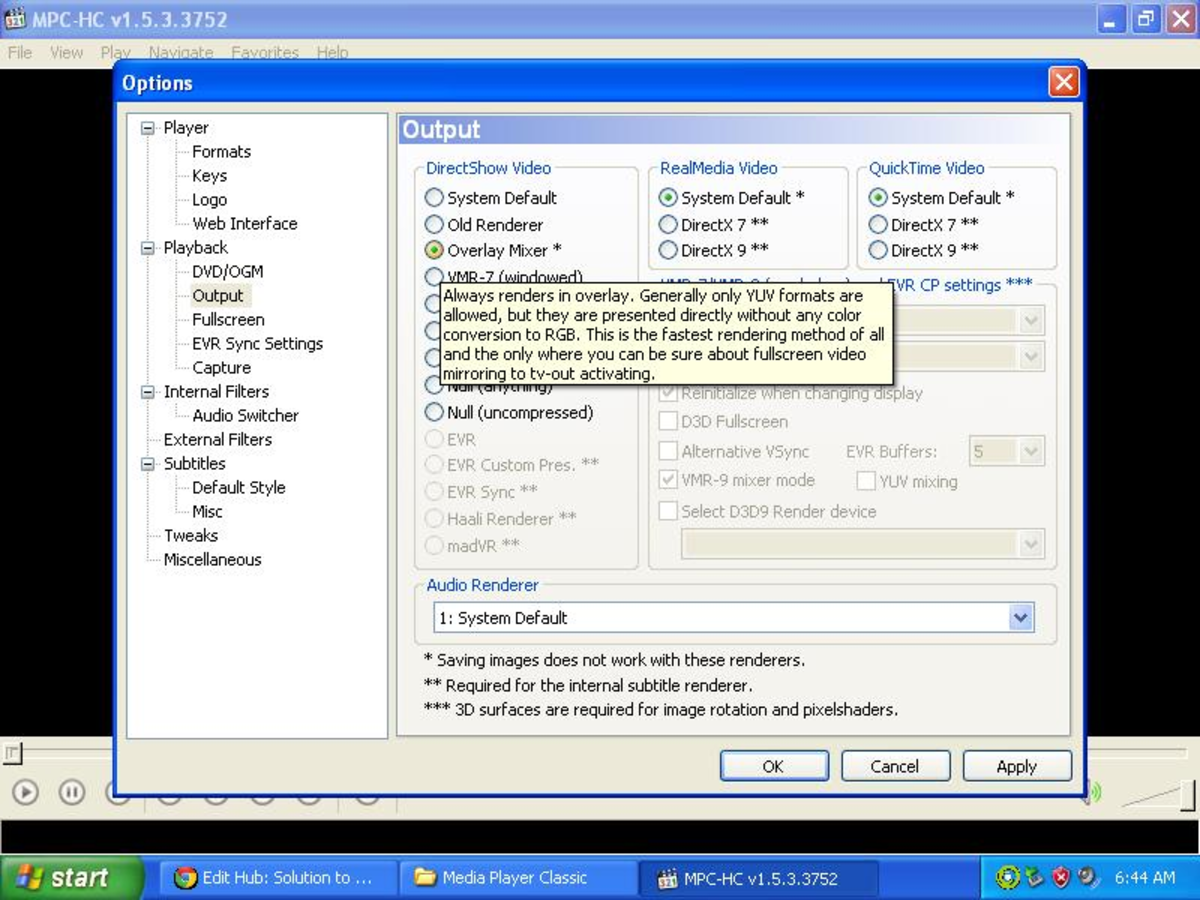- HubPages»
- Technology»
- Computers & Software»
- Computer How-Tos & Tutorials
The Role of Documentation and People in System Development
This paper will cover two aspects of system development; the roles of documentation and people. I will define what documentation is and present the idea that UML is an important and heavily used method of documentation. I will also present the idea that documentation will be important during the transition phase. The rolethat people play in system development is presented.It is shown that there are a large number of rolls that someone can play.
Documentation in System Development
A document is anything that has a purpose of presenting information to any person who might use the system under development (Ambler, 2002). Based on this definition provided by Ambler it can be assumed that documentation is the process of gathering and putting together anything that is used as information by any person regarding the system under development.
UML is the most often used method for documenting everything from application structure to data and business processes (UML Resource Page, 2009). Most aspects of the System development process has an UML document type that can be used.According to Ambler there are three classifications of UML documents; behavior diagrams, interaction diagrams, and structure diagrams (Ambler, 2009). Behavior diagrams are diagrams that show behavior of a business process or a system (Ambler, 2009). Interaction diagrams, as their name implies, documents interactions between objects in the system (Ambler, 2009). Structure diagrams documents the different elements of a system.
During every system development there will be a time when one system will be transitioned into the newly developed system. “A “transition” or “cut-over” plan, including any required data conversion, will also be required to ensure a smooth transition to the new system without interrupting services. The development of appropriate documentation, such as manuals for operations and maintenance, are required for successful transition” (US House of Representatives, 1999, ¶ 12). The United States House of Representatives here make a very good point regarding documentation. Proper documentation makes transitions smother when moving from one system to another or when upgrades to an existing system are made.
People in System Development
As I began to research the different roles that people can play in the development of a system I discovered that my personal experience has only found skimmed the surface on the possible roles that can be played.In my career I have had the opportunity to be a Project Manager,Functional Analyst, Technical Resource, Super User, and a Trainer. Indiana University lists at five different resources used just in data object naming (Indiana University, 2009).
Looking at the roles that people play a large number of the information roles can easily be identified. Some of these roles are functional analyst, solution architect, development lead, developer, quality assurance, deployment, trainer, and project manager (Bogue, 2006). As I mentioned before, Ihave had the opportunity to participate in some of these roles, and it has been my observation that the more roles someone has been in the more theyseem see the entire big picture of a system development project. An example of the organization of these roles is shown in Figure 1.
The rolls that have been previously presented are roles that fit into the information technology side of system development. Outside of the information technology realm the business user’s will also play a role. Business users become very handy in the discovery and in testing of system development.
Figure 1.

As one can see documentation is a very important piece of system development. One of the most common techniques, UML, has many different document types useful in different stages of the development process. There is an importance to having materials available for the transition from one system to another. People play an important role as well in the development of a system. Information technology provides many of the roles needed to develop a system successfully.
References used in this article.
Ambler, S. W. (2002). Agile/Lean Documentation: Strategies for Agile Software Development. Retrieved November 22, 2009 from http://www.agilemodeling.com/essays/agileDocumentation.htm
Ambler, S. W. (2009). Introduction to the Diagrams of UML 2.0. Retrieved November 22, 2009 from http://www.agilemodeling.com/essays/umlDiagrams.htm
Bogue, R. (2006). Roles Within the Development Community. Developer.com. Retrieved November 22, 2009 from http://www.developer.com/java/other/article.php/3583231/Roles-Within-The-Development-Community.htm
Indiana University. (2009). Roles and Responsibilities in the Systems Development Methodology. Retrieved November 22, 2009 from http://www.indiana.edu/~dss/Services/Naming/nvgroles.html
UML Resource Page. (2009). Unified Modeling Language. Retrieved November 22, 2009 from http://www.uml.org/
U.S. House of Representatives. (1999). Systems Development Life-Cycle Policy. Retrieved November 22, 2009 from http://www.house.gov/cao-opp/PDFSolicitations/SDLCPOL.pdf



